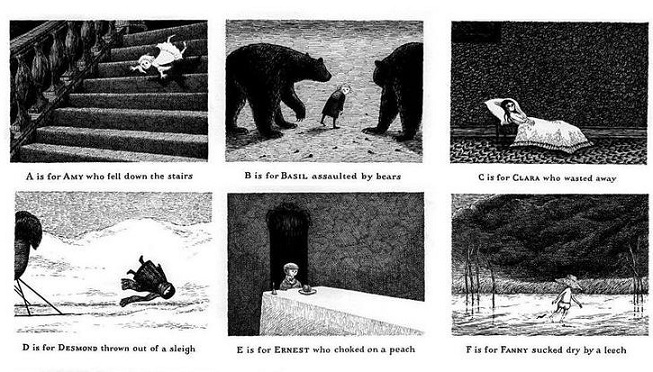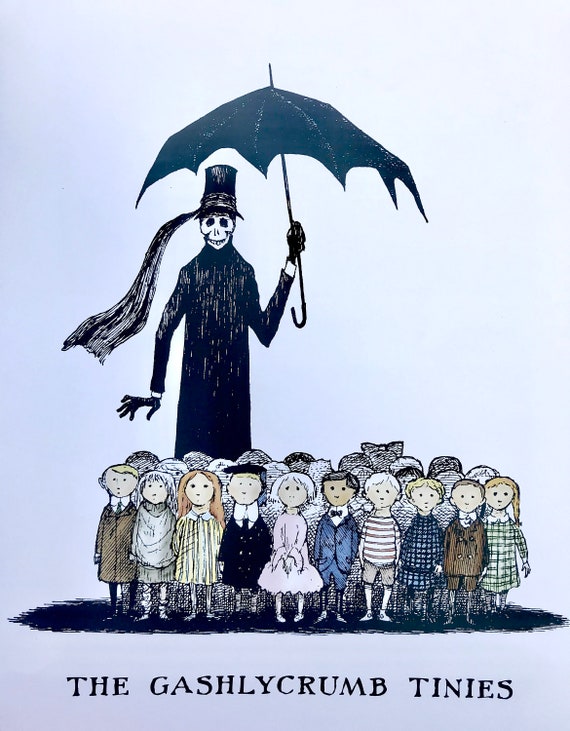

Here his social circle revolved around what Mark Dery, author of Gorey’s first major biography Born to be Posthumous, refers to as the “gay literati”, including the poet Frank O’Hara with whom he shared a passion for obscure literature. Regular trips to the theatre, ballet and concerts were instrumental in turning him into a cultural omnivore, a tendency which expanded even further once he entered Harvard after World War Two. Friends believe his fantasy could never have coped with the reality. The country house murder mysteries of favourites such as Christie and Dorothy L Sayers nurtured his Anglophilia – although he never actually visited England. He had devoured Dracula by the age of five and the complete works of Victor Hugo before he was eight, absorbing a gothic sensibility which would later imprint itself on his work. Sporting an Edwardian beard, he would frequently traipse around the city in a full-length fur coat accessorised with trainers and jangling bracelets.Ī precociously gifted child, he grew up in depression-era Chicago, learning to draw at the age of one-and-a-half and teaching himself to read at three.

He collected daguerreotypes of dead babies and lived alone with 20,000 books and six cats in his New York apartment. Gorey himself was a complicated, reclusive individual whose mission in life was “ to make everybody as uneasy as possible”. That he is not better known elsewhere is perhaps due to the unclassifiable nature of his work – yet his influence can be seen everywhere, from the films of Tim Burton to the novels of Neil Gaiman and Lemony Snicket. Why The Yellow Submarine is a trippy cult classic The female cartoonists who draw for change His virtuosic illustrations and poetic texts have drawn comparisons to Lewis Carroll, Edward Lear and Samuel Beckett, winning him critical acclaim and a devoted cult following in his native US. Drawing on sources as varied as the novels of Agatha Christie and French silent film, he created a uniquely macabre vision of the world filled with crumbling English mansions, jittery dark-eyed flappers and stony faced Edwardian gents where nothing is quite as it seems.

From the Gashlycrumb Tinies to The Doubtful Guest, Edward Gorey’s morbidly funny little books are gothic surrealist masterpieces.


 0 kommentar(er)
0 kommentar(er)
